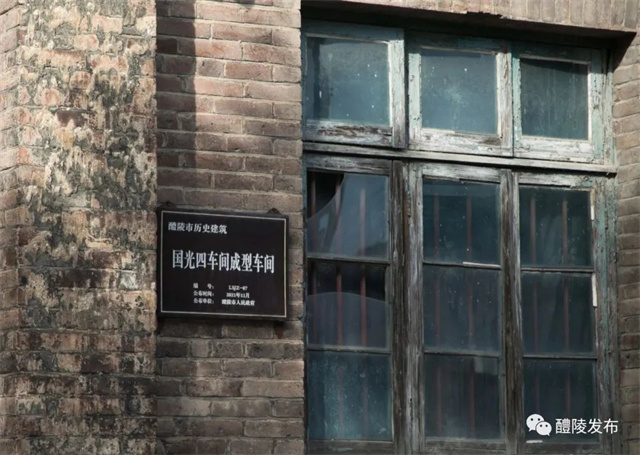The Great Liling Kiln Site mainly covers Weishan, Fenglin, Wangxian, and Sunjiawan towns as well as urban areas, with a total area of 129 square meters. It is the largest ancient kiln site cluster in China. The site records the development and achievements of the Liling ceramic industry from the Eastern Han Dynasty (25-220 years) to the present, and represents a large group of ruins that is well-preserved and offers high historical and social value. In particular, the site is represented by the Weishan Kiln Area and Guoguang Ceramics Factory.
The Great Liling Kiln Site is selected as a national industrial heritage site in 2024.

Located in Weishan Village, Weishan Town, the Weishan Kiln boasts a beautiful natural environment as well as a profound history and culture. The village has a bounty of high-quality porcelain clay and a one-thousand-year history of porcelain making, lasting from the Song Dynasty to the 1980s. The village is home to more than 190 cultural relics such as ancient kiln sites, porcelain clay mines, mud refining workshops, and pieces of porcelain. The site serves as an important window for studying traditional porcelain-making skills, history and culture of the Liling Kiln.

Founded in 1958, the Guoguang Ceramics Factory was originally the local state-owned Liling Export Ceramics Factory. The factory used to be the largest household porcelain producer in Liling, the first listed enterprise in Liling, and China's first foreign trade self-export enterprise, but it suspended production in January 2008. Its high-temperature white porcelain products won many gold medals under the former Ministry of Light Industry, and were the "witnesses" and "creators" of the peak period of Liling ceramics industry in the 20th century.
Weishan Kiln
Address: Weishan Village, Weishan Town, Liling City
Guoguang Ceramics Factory
Address: No. 270, Yuci Road, Liling City
Chinese source: Voice of Hunan



